Here are two possible approaches, depending on your needs. In either case, though, I think geom_col would be easier. (It's possible to use geom_rect when your x-axis data is discrete, but it's not the most straightforward. Example)
Sample data (I switched Q3 & Q4 values for Lab as Q3's value was larger, which didn't make sense):
msr_type <- c('Clinic','Hospital','Lab','Office')
result <- c(10.5, 21.9, 30.5, 14.5)
sec_q <- c(9.5, 15.2, 25, 9)
third_q <- c(11, 17, 29, 20)
four_q <- c(17, 25, 34, 25)
df_check <- data.frame(msr_type, result, sec_q, third_q, four_q)
Approach 1 (keeping the wide format of the original dataset):
ggplot(df_check,
aes(x = msr_type)) +
geom_col(aes(y = four_q), fill = "slategray3") +
geom_col(aes(y = third_q), fill = "slategray2") +
geom_col(aes(y = sec_q), fill = "slategray1") +
geom_point(aes(y = result)) +
xlab("") + ylab("")
Since Q2 <= Q3 <= Q4, you can simply create one set of bars for each quartile & overlay them. But if you need a legend for Q2 / Q3 / Q4, it's not that straightforward...

Approach 2 (converting the dataset to long format so that all the quartile values are in the same variable):
df_check2 <- df_check %>%
tidyr::gather(quartile, quartile.value, -msr_type, -result) %>%
mutate(quartile = factor(quartile, levels = c("sec_q", "third_q", "four_q")))
ggplot(df_check2,
aes(x = msr_type)) +
geom_col(aes(y = quartile.value, fill = quartile),
position = position_dodge(0), width = 2.5) +
geom_point(aes(y = result)) +
scale_fill_manual(values = c("slategray1", "slategray2", "slategray3")) +
xlab("") + ylab("")
A legend is created by default using this approach. It's also more flexible if you have other quartiles / deciles / percentiles / etc to plot.



